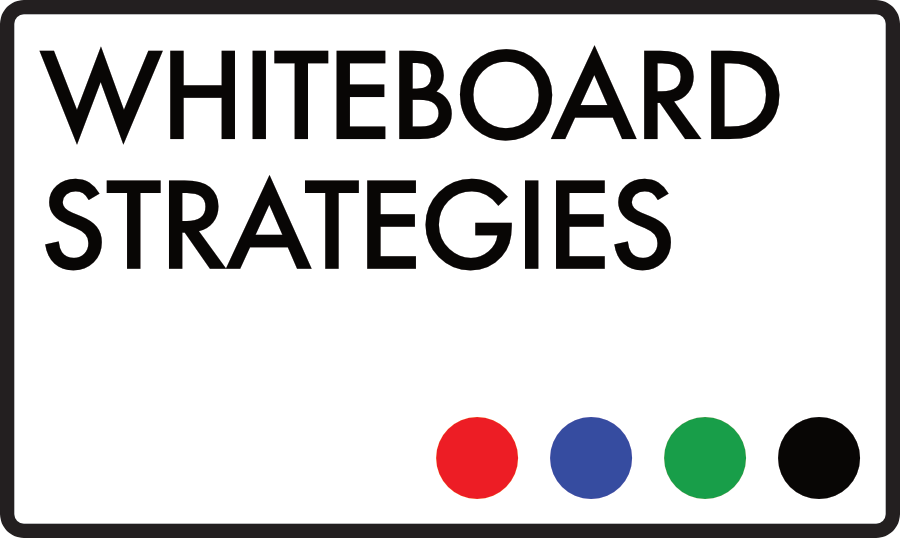We all make around 10,000 decisions a day. Most of the time we don’t even know we’re doing it.
Understanding basic behavioural economics – how the brain processes those decisions – is the start of understanding how to socialize and share ideas effectively, and how to sell.
Let’s Talk About Whiteboarding, Socializing & Sharing Your Ideas
In an ideal world, buyers would logically process all the information available to them before making the optimal decision. But we know that the subconscious plays a huge role in buying decisions. Understanding how people humans think is key in the science of decision making, and in an age of data overload, buyers increasingly lean on subconscious shortcuts to make their decisions. Let’s take a look at some of those shortcuts…
Scarcity & Competition
An evolutionary hangover from a time when competition for food and resources was fierce, people are hardwired to respond to scarcity.
That makes limited availability, time-dependant offers and the belief that peers or competitors may benefit (‘social proof) valuable tools – infomercial writer Colleen Szot changed the CTA in her ads from “operators are waiting for your call” to “if operators are busy, please call again”, and saw explosive results in her clients’ bottom lines.
Peripheral Detail
We are all categorisers – we have strong neural pathways that help us make snap judgements and file what we see away in a category.
We take in huge volumes of non-verbal information in order to do this, particularly when we meet other people. This is one reason why face time can be so useful to a well-drilled sales force for creating trust, rapport and authority. Getting ‘filed’ as trustworthy and competent puts salespeople at a huge advantage.
The Base Rate Fallacy
The science of decision making doesn’t only come into play when the buyer is making a binary (‘buy’ or ‘don’t buy’) choice.
Long-established heuristics can assist in establishing differentiation and the benefits of one product over another. Known as the ‘base rate fallacy’, another categorisation shortcut utilises the part of the brain that compares options and opts for the more favourable.
At its strongest where a ‘base rate’ of performance, cost or value is difficult to determine (i.e. in the sale of complex, integrated tech products or services), a salesperson can strategically set a base rate and then use it to demonstrate the relative value of their proposed solution.
Imagine being shown a £25 bottle of wine and a £10 bottle of wine, and having a master sommelier tell you there’s no discernible difference – it would be hard not to opt for the £10 bottle.
Contact Us Now to Talk Whiteboarding, Socializing & Sharing Your Ideas
This is the tip of the iceberg – we’ll be digging deeper into the science of decision making in the coming months. As more and more data becomes available ahead of the pitch, we’re in uncharted and very exciting waters…
Get in touch with Mark now via the contact page. Use the newsletter sign up form in the footer of this page for free monthly sales and visual comms insight in your inbox, or connect with Mark on LinkedIn.
– Tom @WSL

Recent Comments